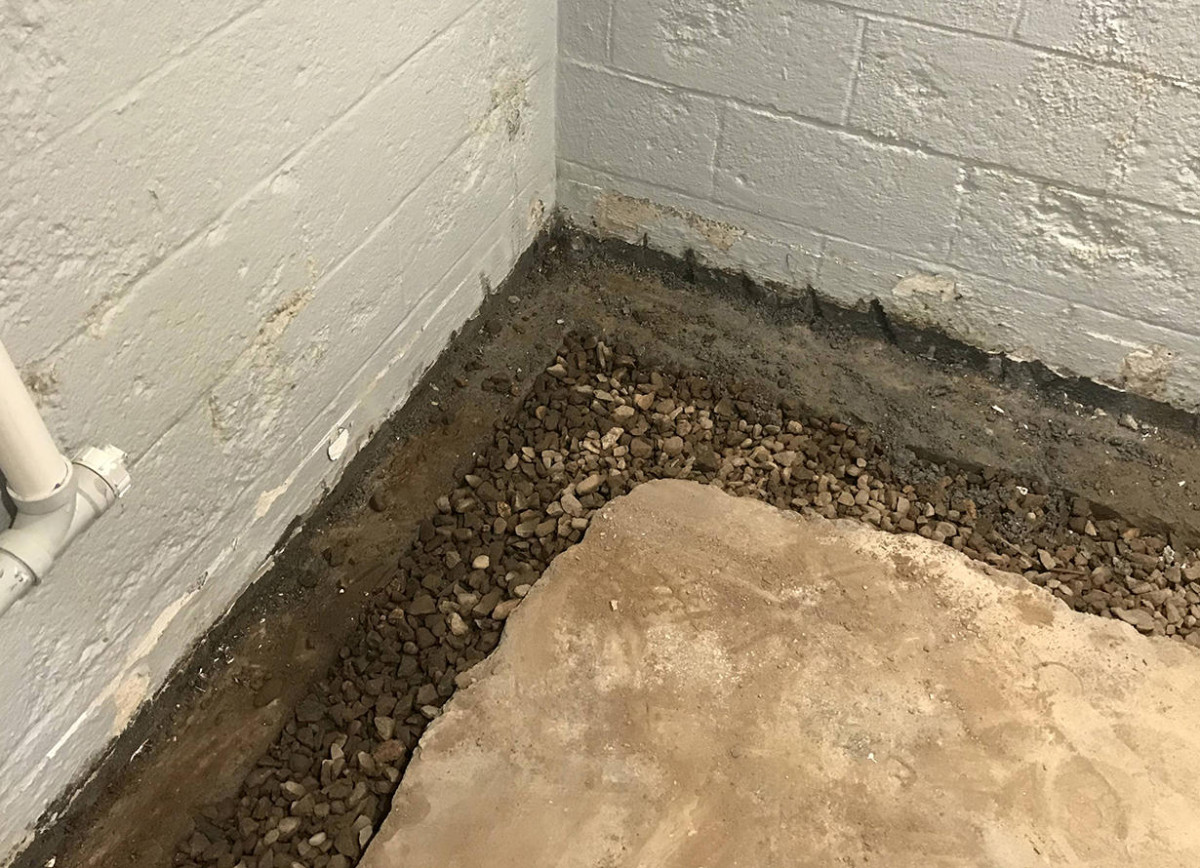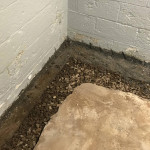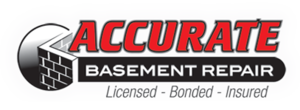Basements are notorious for moisture problems, from minor dampness to major flooding. Water can enter a basement through cracks in the foundation, groundwater seepage, or condensation, causing significant damage to the structure and leading to mold growth, ruined belongings, and health hazards. To protect your home, a well-executed waterproofing strategy is essential. In this article, we’ll dive into the most effective basement waterproofing techniques, helping you defend your home from water damage once and for all.
Why Basement Waterproofing is Crucial
Basement water issues are not just an inconvenience; they can lead to severe structural and health problems if not addressed. Excess moisture in the basement can:
- Weaken the foundation and cause cracks.
- Lead to mold growth, which can affect indoor air quality and cause respiratory issues.
- Damage flooring, walls, and personal belongings stored in the basement.
- Create an environment conducive to pests like termites and rodents.
Homeowners who invest in basement waterproofing not only protect their homes from damage but also improve their property’s value and longevity.
Exterior Basement Waterproofing Techniques
- Foundation Waterproofing Membranes The best way to keep water from entering the basement is to block it at the source: outside the foundation. Waterproof membranes are applied to the exterior walls of the foundation, creating a protective barrier that prevents water from penetrating the concrete. These membranes are typically made from rubberized asphalt or polyurethane and provide long-lasting protection.
- French Drains French drains are a classic solution for managing exterior water before it reaches the basement walls. These drains consist of perforated pipes placed in a trench filled with gravel. Water is collected and redirected away from the home’s foundation, preventing it from seeping into the basement.
- Proper Grading Ensuring that the ground slopes away from your home’s foundation is another essential part of exterior basement waterproofing. Grading the landscape around your home ensures that water flows away from the foundation, reducing the risk of pooling water that can seep into the basement.
- Gutter and Downspout Management Clogged or improperly positioned gutters and downspouts can cause rainwater to pool near the foundation. It’s important to keep gutters clean and ensure that downspouts extend far enough away from the foundation to direct water away from the house. Installing gutter extensions or French drains can help manage runoff more effectively.
Interior Basement Waterproofing Techniques
- Interior Drain Tile Systems An interior drain tile system is installed under the basement floor, around the perimeter of the foundation. This system collects water that seeps through the foundation walls or floor and directs it to a sump pump for removal. Interior drain tile systems are an excellent solution for homes that experience groundwater seepage.
- Sump Pumps Sump pumps are a critical part of basement waterproofing, especially in areas prone to heavy rain or high water tables. The sump pump is installed in a pit at the lowest point of the basement and collects water from the interior drainage system, pumping it out and away from the home. Modern sump pumps often come with battery backups to ensure they continue operating during power outages.
- Basement Vapor Barriers Vapor barriers are plastic or foil sheets applied to basement walls and floors to prevent moisture from condensing on cold surfaces. Vapor barriers are often used in conjunction with interior drainage systems to reduce humidity and prevent mold growth in the basement.
- Basement Dehumidifiers Even if there’s no visible water damage, high humidity levels in the basement can lead to mold, mildew, and musty odors. A basement dehumidifier helps control moisture by maintaining an ideal humidity level, typically between 30% and 50%. This helps protect stored items and prevents the growth of mold and mildew.
Advanced Waterproofing Solutions
- Negative-Side Waterproofing Negative-side waterproofing involves applying waterproof coatings to the interior side of the basement walls. These coatings are designed to stop water that has already penetrated the foundation from entering the basement. While this method is not as effective as exterior waterproofing, it can be a useful addition to other waterproofing techniques for homes with minor seepage.
- Hydrostatic Pressure Relief Systems Homes in areas with high groundwater levels can suffer from hydrostatic pressure, which forces water through basement walls and floors. Installing a hydrostatic pressure relief system, such as a French drain or interior drainage channel, helps reduce pressure by allowing water to escape through controlled drainage systems.
- Carbon Fiber Wall Reinforcements For basements with structural issues, such as bowing walls caused by water pressure, carbon fiber wall reinforcements can be installed. Carbon fiber strips are applied to the interior walls of the basement to reinforce and stabilize them. These strips are extremely strong and prevent further bowing or cracking, providing long-term structural stability. Carbon fiber reinforcement is a non-invasive solution and is especially effective for homes experiencing hydrostatic pressure or soil expansion around the foundation.
Benefits of Basement Waterproofing
- Protecting Your Home’s Foundation
The foundation is the most critical part of any home, and water is its biggest enemy. Without proper waterproofing, water can seep into the basement and weaken the foundation over time. Cracks and shifting caused by water infiltration can lead to costly structural repairs. Basement waterproofing not only prevents water from causing damage but also helps maintain the integrity of the foundation, ensuring your home remains strong for years to come. - Preventing Mold and Mildew
A wet or humid basement is an ideal breeding ground for mold and mildew. These organisms not only cause unpleasant odors but can also pose serious health risks, especially for individuals with allergies or respiratory conditions. Waterproofing your basement keeps the area dry, preventing the growth of mold and mildew and improving indoor air quality throughout the home. - Increased Home Value
A dry, waterproofed basement adds significant value to your home. Potential buyers are more likely to invest in a home that has a protected, usable basement. Whether you use the basement for storage, as a living space, or simply as a utility area, keeping it dry ensures it can serve multiple purposes without the risk of water damage. - Energy Efficiency
Waterproofing can also improve the energy efficiency of your home. A wet basement or foundation can increase humidity levels, forcing your HVAC system to work harder to maintain a comfortable indoor environment. By keeping moisture out, you can reduce the strain on your heating and cooling systems, leading to lower energy bills. - Pest Prevention
Moist environments attract pests, such as insects and rodents, which thrive in damp conditions. Waterproofing your basement eliminates the moisture that these pests rely on, reducing the likelihood of infestations. This can save you from costly pest control treatments and prevent damage caused by pests burrowing or nesting in your foundation.
Long-Term Maintenance and Monitoring
Once your basement waterproofing system is in place, regular maintenance and monitoring are essential to ensure its continued effectiveness. Here are a few tips for keeping your system working properly over the long term:
- Check the Sump Pump Regularly: Test your sump pump periodically by pouring water into the pit to ensure it activates and pumps the water out properly. Consider adding a battery backup system to ensure the pump continues working during power outages.
- Inspect Drainage Systems: Check both interior and exterior drainage systems for signs of clogs or damage. Clear debris from French drains and make sure all drainage channels are functioning correctly.
- Monitor Humidity Levels: Use a hygrometer to measure the humidity in your basement. If levels rise above 60%, consider using a dehumidifier to prevent moisture buildup and potential mold growth.
- Seal Foundation Cracks: Keep an eye out for new or expanding foundation cracks and seal them promptly to prevent water from entering through these vulnerable areas.
Basement waterproofing is an essential part of protecting your home from water damage, mold growth, and structural issues. By implementing a combination of exterior and interior waterproofing techniques, such as drainage systems, sump pumps, waterproof membranes, and vapor barriers, homeowners can effectively keep their basements dry and secure. Advanced solutions, like carbon fiber reinforcements and hydrostatic pressure relief systems, offer additional protection for homes with more severe water problems. Regular maintenance and monitoring of your waterproofing system ensure long-term effectiveness, helping you safeguard your home and its foundation for years to come.
Contact the Professionals at Accurate Basement Repair Today! 414-744-6900





